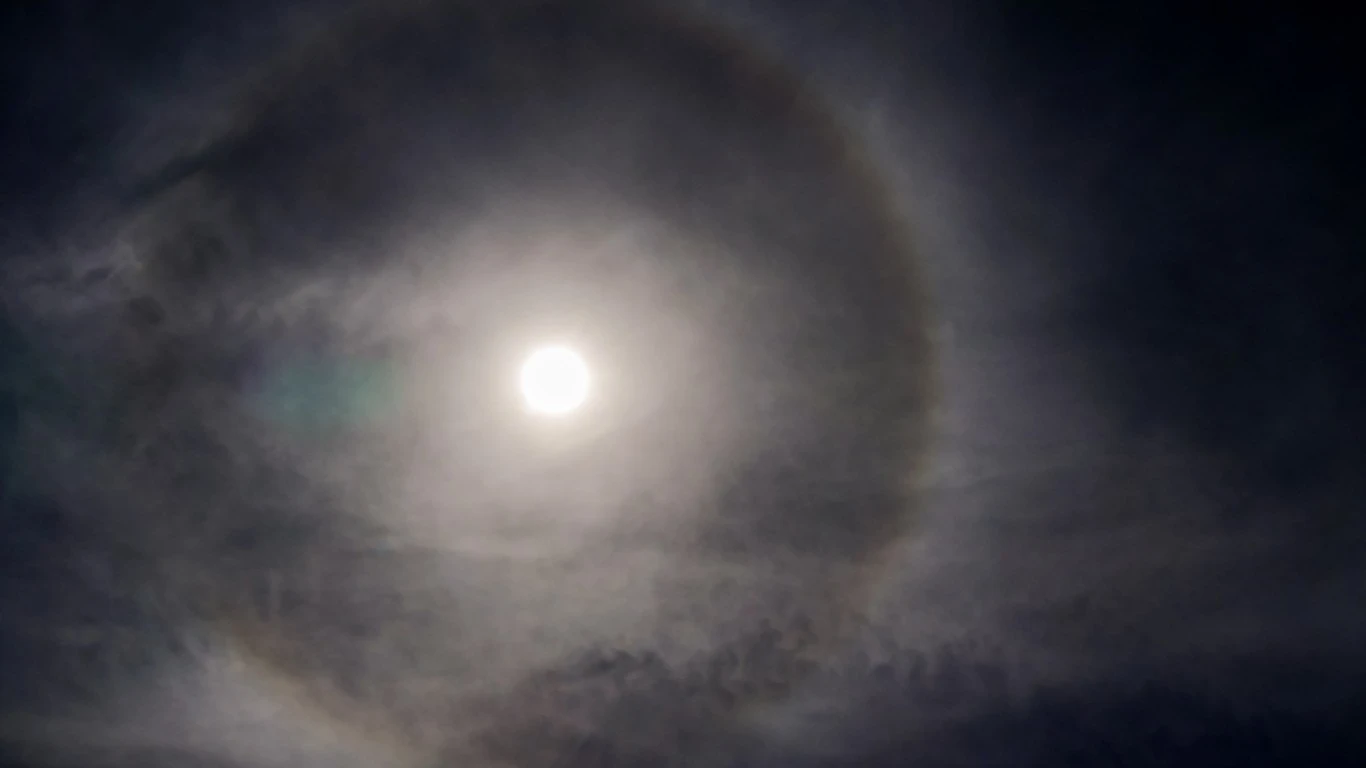
It has been 21 years since the events of September 11, 2001, the last time there was an attack on American soil. The possibility of another such attack on a target in the United States is unthinkable, but such an attack is not the only way war could wreak destruction on American cities, even if this country is not among the combatants. While the cold war is over, a widespread nuclear war, and a resulting nuclear winter, remains a possibility as long as world powers retain nuclear arsenals.
A nuclear winter is a time period in which the Earth’s atmosphere is so full of smoke and soot from the firestorms caused by nuclear bombs that sunlight is reduced or does not reach the surface of our planet. (These are countries that control the world’s nuclear weapons.)
To determine what would happen in a nuclear winter, 24/7 Wall St. referenced a research article published by Journal of Geophysical Research: Atmospheres, Nuclear Winter Responses to Nuclear War Between the United States and Russia in the Whole Atmosphere Community Climate Model Version 4 and the Goddard Institute for Space Studies ModelE, and an article in the Smithsonian magazine.
The effects of the nuclear war on climate may vary, depending on the severity of the war. At this point, too, a nuclear winter is a theory, and as a theory it has its proponents and detractors. (These are 18 of the deadliest weapons of all time.)
The idea first gained attention in the 1970s, when a group of scientists, including celebrated astronomer Carl Sagan, considered the environmental consequences of a nuclear exchange. In 1983, Sagan penned an article in Parade magazine that said a major nuclear conflict would kill 1 billion people instantly, and that the longer-term results could be much worse.
Drawing on work Sagan did with former students and computer models created by meteorologists, scientists in 1980 determined it would not take a total nuclear exchange to plunge the world into a nuclear winter. They found that average global temperatures could drop up to 25 degrees Celsius after a nuclear war. That would usher in a prolonged period of darkness, famine, and toxic gasses around the world.
Sagan’s position in the nuclear-winter debate was opposed by physicist Edward Teller, one of the fathers of the hydrogen bomb. Teller was a vigorous proponent of the Strategic Defense Initiative, a proposed satellite system that would defend against nuclear missiles. Teller and other defense hawks believed nuclear winter advocates would undermine support for SDI.
Even though a nuclear winter is a chilling concept, there is a possible precedent. Paleontologist Luis Alvarez and his father Walter, a physicist, presented evidence in 1980 that an asteroid had slammed into Earth at the end of the Cretaceous Period 66 million years ago. They hypothesized that the impact of the asteroid had sent so much dust and debris into the air that Earth was darkened for an extended period, during which time the last of the non-bird dinosaurs were wiped out. This hypothesis suggests the possibility that a catastrophe at one location on Earth could have profound long-term effects on the entire planet.





